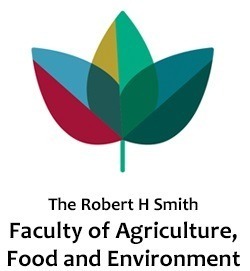Citation:
Date Published:
AUG 3Abstract:
Mineral nutrition is essential for optimal plant growth. Phosphorus (P) is a relatively small component of leaf dry weight, with a concentration in plant foliage of less than 1%. Despite its low concentration, P is an essential element in plants, mainly used for energy transfer. Mapping P concentration using traditional methods is expensive and usually limited to a small area; it is time-consuming and covers only a few plant individuals or species. In this study, we demonstrate the use of remote-sensing (RS) data acquired from the feld and airborne hyperspectral sensors to predict and map the P concentration in leaves of different woody Mediterranean plant species. Comprehensive field work included leaf sampling, laboratory analyses, and spectral measurements using a visible, near-infrared and shortwave-infrared (VIS-NIR-SWIR) field spectrometer. Using different spectral configurations, we built accurate models to predict P concentration in leaf samples. The models were built using a NIR data analysis technique with the data mining software PARACUDA II. This software allowed us to identify the correlative wavelengths for P-bearing molecules in selected woody Mediterranean plant species. The hyperspectral-based model for leaf P concentration was extracted from the reflectance data acquired using a manned aircraft carrying a hyperspectral sensor (Specim AisaFenix 1 K). The model gave a reliable correlation between points extracted from the hyperspectral image and samples measured in the field. We believe that the methodology used in this study will help forest ecologists better understand the concentration of P in the foliage of woody Mediterranean plant species.

